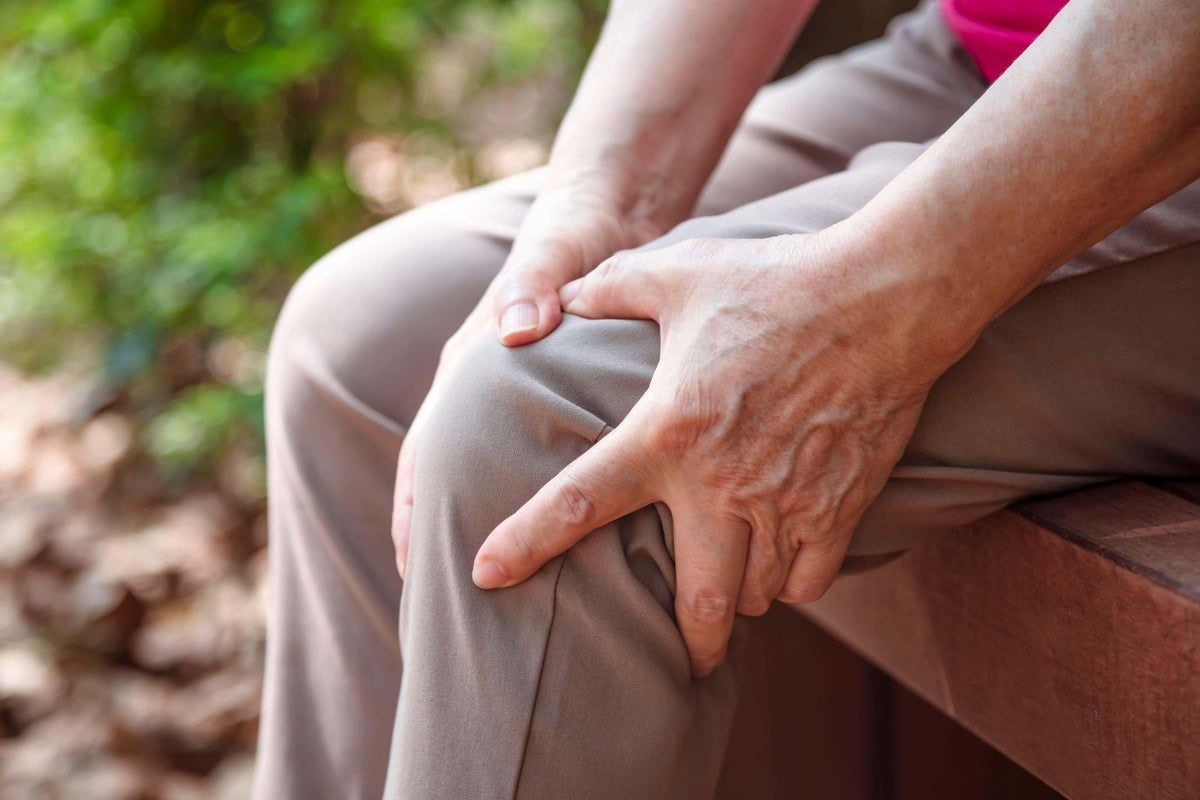As we age, our joints naturally go through wear, and for many people over 50, the knees are often the first to feel the tension.
Either due to past injuries, arthritis or simply decades of daily use, keeping strong knees and painless becomes essential to stay mobile and independent.
Then, there are 8 practical tips and backed by experts to help support knee health in their 50 years and beyond …
1. Keep a healthy weight
“The Superior Council that nobody wants to hear is that they must make sure it has a normal weight,” says Neil Bradbury, orthopedic surgeon and knee specialist at the Sulis hospital in Bath. “The whole body is designed to take a certain amount of weight and if it wears more weight, wears the joints more quickly.
“It's like filling a car with very, very heavy things and driving it, will eventually use the tires.”
2. Stay active
“It is important to remember that the knee is part of the body, and the body must be treated,” says Bradbury. “Therefore, everyone must exercise enough every week to stay healthy. Cycling or swimming are particularly good.”
3. Adapt the type of exercise you are doing
“As we age, the type of exercise we do may have to change,” Bradbury reflects. “If we are talking about someone who is over 50 years old and has normal knees, provided they have a normal weight, they can do whatever they want.
“However, if someone has a slightly knee pain and is a corridor, one of the things I have often said is that, well, you might think about doing somewhat less weight, such as cross training, cycling or swimming.
“In addition, in the gym, there are certain things that are more likely to bother your knees. For example, if you have a kneecap problems, it is more likely that the step step by step bothers your knee that, for example, a bicycle or a rowing machine.”
4. Strengthen your muscles
“One of the most important things that people can do as they age is to retain strength, because muscles help support the joint,” says Bradbury. “Therefore, strength training and weight training are good for this. That does not mean going to a gym and lifting huge weights, but just doing some simple exercises that keep strong knees in terms of their muscle power is good.”
5. Wear suitable footwear
“Be sure to have comfortable footwear that fits well,” emphasizes Matt Harrison, the first contact physiotherapy lead in Homerton Healthcare Trust. “Your footwear provides that base to provide support to your knee that is above.”
It is also crucial to make sure that I wear the right shoes when exercising.
“If you are a runner, change the shoes regularly and make sure you don't lose the sponge of shoes,” says Bradbury. “If you are doing many miles, every six months or so you must change your shoes.
“Go somewhere where you can analyze your career style so you have specific shoes for you and take into account the alignment of your feet.”
6. Do regular knee exercises
“In general, the use of the knee through its range of movements (flexion and straightening, leg elevations, calves, etc.) and loading exercises (where you perform these exercises and add weight gradually) can help strengthen the knee,” recommends Harrison. “Squat -based exercises such as standing and sitting from a chair, or gym -based squats are also very good.”
7. Listen to your body and accumulate intensity slowly
“It's about gradually building anything that does slowly,” says Harrison. “Or work in the intensity of the exercise (gradually increasing the weight being used) or the volume (how long an activity is doing).
“The tasks such as the ascending and descending stairs are so important within our lives, so it is important to stay active with these and can do it at home. But remember, it is also good to rest while doing these tasks. Listen to your body and slowly accumulate depending on your health and previous experience in the exercise.”
8. Look for specialized advice
“Is it painful? Is it swollen? Are there mechanical problems? Whatever you worry, look for professional advice,” says Bradbury. “See a knee specialist, because that's what we do.
“Knee specialists offer a wide variety of treatments, from speaking with the patient and explaining the situation, to major surgery. We also talk about things such as injection therapy and advice on exercise.”












